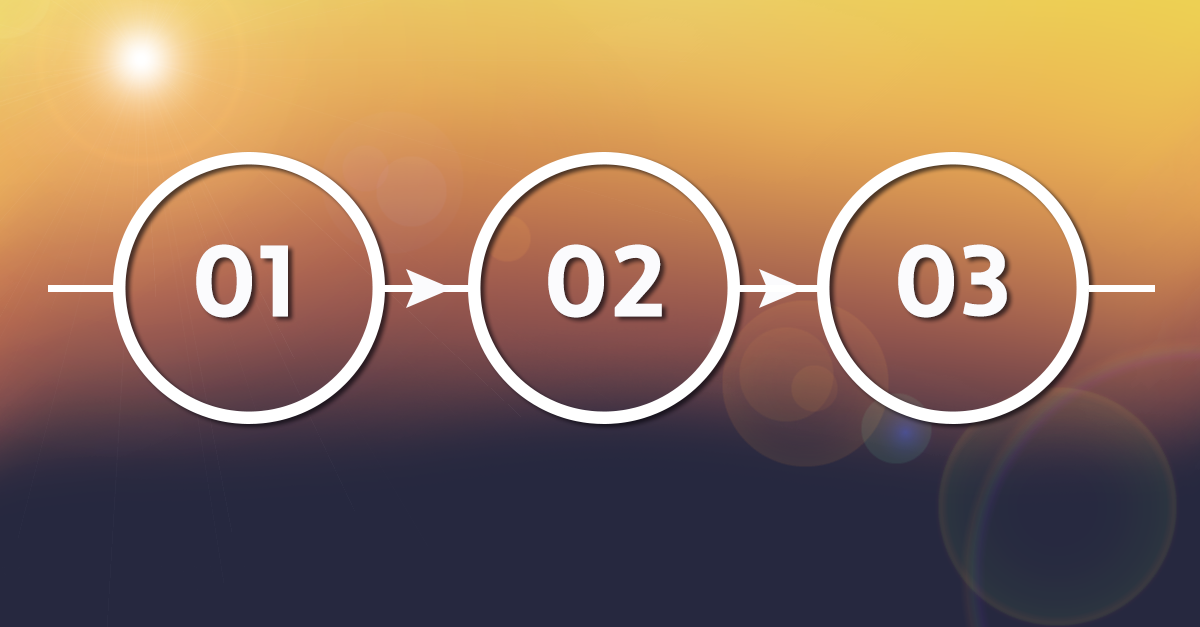In most engineering organizations there is an uneasy truce between teamwork and solo endeavor. The contributions of many people are necessary and the interactive processes move ideas from concept to reality. But generally speaking, each team member works best not in a meeting but when he or she enters into their personal creative zone. Time seems to stand still; performance is at its peak. Alone with their ideas and their design tools, engineers and other team members create information that becomes products or assets.
And then the ethereal bubble gets popped by collaboration. Others need the engineering data, and they usually need it in bits and pieces that require searching, compiling, copying, and sending. The processes of sharing take precious time away from the creative. In this day and age of global connectivity the sharing happens not in one particular space but across ever-increasing distances. It can feel as if space and time are collaboration hobgoblins conspiring to steal the creative bliss of engineering.
For years I have described collaboration in economic terms, as transactions that put a drag on perfect efficiency. Minimize the time and effort of each transaction, and the enterprise gains efficiency that can impact expenses and revenues. It is a rather two-dimensional way of thinking; no wonder economics has been called the dismal science. Recent research has started me thinking about collaboration from other points of view. Specifically, in terms of mastering space and time in pursuit of engineering goals.
I like this definition of collaborative engineering from Romanian professors Luminita Popa and Badea Lepadatescu at the Technical University of Brasov:
“Collaborative engineering is defined as a methodology that allows integrated and simultaneous conception of products and production processes and associated maintenance. ... Improved information and communication technologies ... can serve to break down common barriers to communication and to increase the capacity of an organization to transfer information. ... The collaborative conception or co-design of products and associated processes takes place in space, through meetings of experts of different professions and in time, by organizing parallel activities.”
In this definition, space and time are forces that weigh against perfect collaboration. To reach the place of truly “integrated and simultaneous” product development, solutions must collapse space and time. Consider these three implementations of Synergis Adept as example of how to bend space and time in your favor:
Ruhrpumpen uses Adept’s automated transmittals to collaborate with their contractors and vendors; even as they expand into a global business, they are contracting the time and energy required to keep all stakeholders in sync.
SchuF Fetterolf uses Adept on four continents; replication and vaulting collapse the time it takes the “single source of truth” to go global, ensuring maximum collaboration efficiency between design teams.
Seahorse Bioscience uses behind-the-scenes automated replication in Adept to shrink the time it takes to ensure design consistency between headquarters and manufacturing, in separate locations.
These three Synergis Adept clients share the common ability to bend space and time in their favor, digitally collapsing the space between colleagues, and reducing the time it takes to know and use the single source of truth about their projects.
Randall S. Newton is the principal analyst and managing director at Consilia Vektor, a consulting firm serving the engineering software industry. He has been directly involved in engineering software in a number of roles since 1985.


